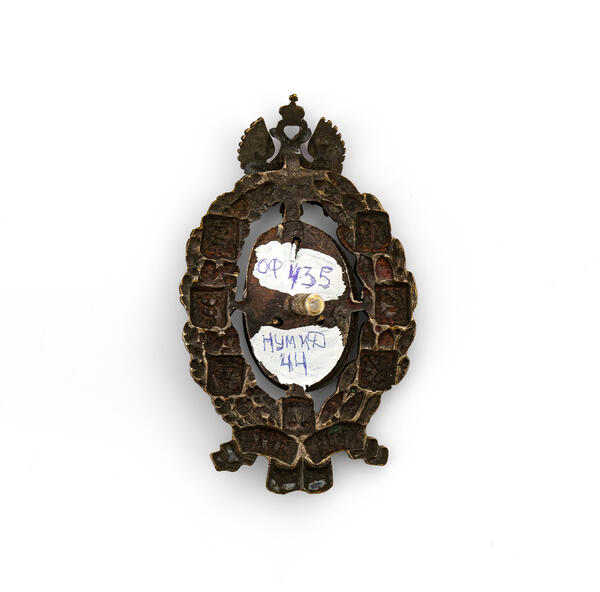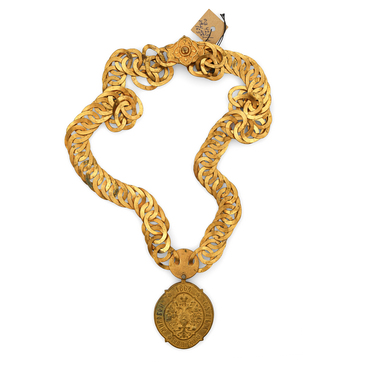In the collection of the Lipetsk Regional Museum of Local Lore, there is a badge “In Memory of the 50th Anniversary of Zemstvos”, which was introduced on January 3, 1914. The badge features an oval wreath made of laurel and oak branches, with a double-headed eagle perched atop it. Within the wreath, there is an oval shield. Seven additional shields, each featuring the emblem of a different branch of zemstvo activity, are superimposed over the wreath.
On January 13 (1), 1864, Emperor Alexander II approved the Regulations on Governorate and Uyezd Zemstvo Institutions, which established elected local self-government for uyezds and governorates. This zemstvo reform was part of the transformation of Russia’s internal life that resulted from the abolition of serfdom in the 1860s and 1870s. The peasant emancipation inevitably led to changes in central and local governance. The zemstvo system was based on two principles: universal suffrage and electability. In governorates and uyezds, the bodies responsible for managing zemstvo affairs were divided into administrative and executive branches. The administrative branch consisted of zemstvo assemblies made up of representatives who were elected based on three categories: private landowners, city dwellers, and rural communities. The executive bodies of the zemstvos were the zemstvo boards — governorate and uyezd ones, consisting of a chairman and several members. Elections for zemstvo bodies were held every three years.
The range of activities to be carried out by zemstvo institutions was quite broad: managing the zemstvo property, capital, and monetary funds; construction and maintenance of buildings and structures owned by the zemstvo; maintenance of communication routes; measures to ensure food security; issues related to medicine and education; development of local trade and industry. Those regulations applied to 33 governorates. After 1866, the government adopted a number of laws and regulations that restricted zemstvo activities. The right to wear the badges was determined by the official’s position. The silver badges were awarded by governors-general to officials assigned to the first seven service classes.
The badge on display was donated to the museum before 1930.




